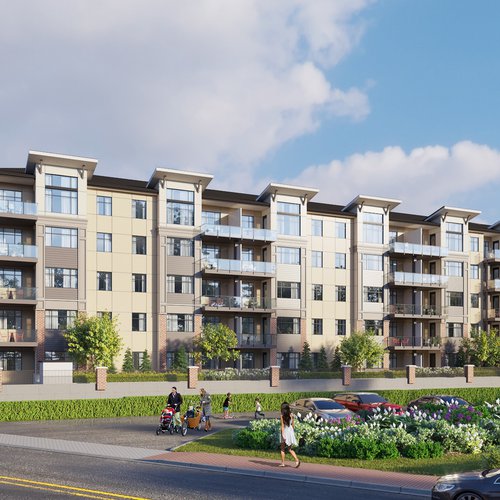Sept. 18, 2023
tags : categories: Architects
The age-old art of architecture has always been about creating spaces that serve their inhabitants. From the earliest mud-brick homes to the soaring skyscrapers of today, the primary aim has remained remarkably consistent: to create functional, aesthetic, and sustainable structures that meet human needs. However, as those needs have become more complex and diverse, so have the challenges architects face. Enter the age of Artificial Intelligence (AI), where we stand on the brink of an architectural revolution: the design of adaptive spaces that can evolve, responding dynamically to the changing requirements of their inhabitants.
Understanding Adaptive Spaces

Adaptive spaces, at their core, are built environments that can adjust, reconfigure, and evolve to suit better the changing demands of their users or the environment. These spaces aren't static; they're dynamic, responding to a plethora of variables ranging from user behaviours to environmental conditions. But while the concept of adaptive design isn't entirely new (think movable partitions or reconfigurable office spaces), AI introduces a level of sophistication, foresight, and dynamism that was previously unattainable.
Data-driven Insights
Every building, whether we realize it, tells a story. The wear patterns on a carpet might indicate frequently travelled pathways, while areas of a park that remain sunlit throughout the day become favourite spots for relaxation. Traditionally, understanding these patterns required intensive observation and study. However, with AI's ability to process vast amounts of data, these patterns can be discerned quickly and accurately.
Sensors placed throughout a building can monitor everything from foot traffic and room occupancy to temperature variations and lighting conditions. When fed into machine learning algorithms, this data provides profound insights into how spaces are used and how they might be optimized.
Dynamic Design Adjustments

Equipped with real-time data, AI systems can start design adjustments on the fly. Consider, for instance, an office building that can reconfigure its internal partitions in response to daily usage patterns, creating meeting spaces when needed and then reverting to open-plan designs during more casual periods. Or imagine public spaces that adjust their lighting, acoustics and even temperature based on the preferences and behaviours of their occupants.
Such dynamic design adjustments can also extend to less immediately tangible aspects. With machine learning models trained on environmental data, buildings can adapt their ventilation, heating, or cooling in real time, optimizing for energy efficiency while ensuring the comfort of inhabitants.
Predictive Adaptation
One of AI's most promising capabilities in this arena is its ability to forecast. AI can expect future needs and make proactive design adjustments based on historical data and current trends. This is especially valuable in urban planning. As cities grapple with rapid population growth, changing demographics, and evolving work habits, AI can help design public spaces, transportation networks, and housing that meet current needs and are equipped to evolve with future challenges.
Sustainability and Environmental Response

The climate crisis has underscored the need for architecture that's not just responsive to its human inhabitants but also the environment. AI-powered adaptive spaces can play a crucial role here. Buildings can adjust their orientations, shading mechanisms, and even surface reflectivity in response to weather, optimizing for energy efficiency.
By analyzing broader environmental data, these systems can also contribute to more considerable ecosystem health. For instance, adaptive urban parks could change their water usage based on forecasts, ensuring conservation during drier periods.
Challenges and Considerations
Of course, the vision of AI-powered adaptive spaces isn't without its challenges. There are valid privacy concerns, especially when continuous monitoring is involved. Robust safeguards will need to be in place to ensure that data collection is non-intrusive and respects individual rights.
While AI can guide design decisions, the human element remains irreplaceable. Architecture is as much an art as it is a science. The role of architects will evolve from mere designers to interpreters, understanding the suggestions made by AI, weighing their feasibility, and ensuring that the results are not just functional but also aesthetically and emotionally resonant.
Conclusion
Artificial Intelligence, with its ability to process data, predict trends, and start dynamic responses, offers the tantalizing prospect of architecture that evolves. These adaptive spaces represent the future of design: buildings that are not just static structures but living, breathing entities that adjust and evolve harmoniously with their inhabitants and the environment.
While challenges remain, the roadmap is clear. In the marriage of AI and architecture, we find the promise of a world where our built environments are not just shelters but responsive entities, catering dynamically to our ever-evolving needs. The surrounding walls are about to get a lot smarter, and the future of architecture promises to be as dynamic as life itself.










